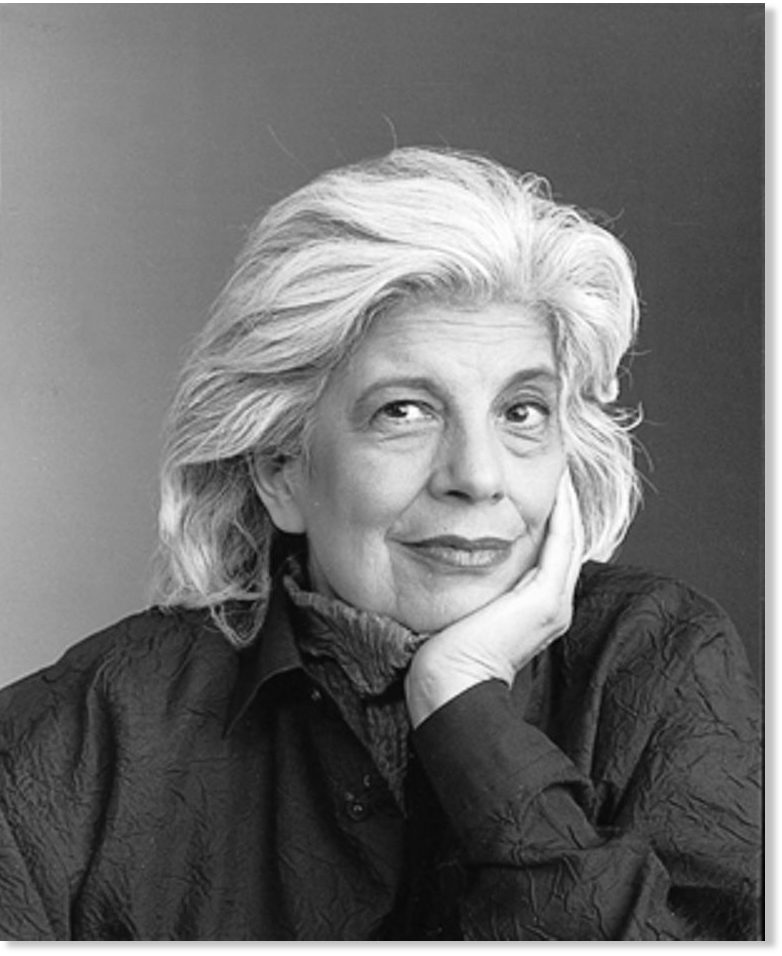
Photography has been around for centuries, but it was not until recently that is became such an important part of people’s lives. In Susan Sontag’s, “On Photography” she tries to explain the overloaded amount of photography in today’s society and how it has desensitized people from the events happening around them. It can tell a story that words cannot always accurately describe. Photography has the ability to make people step back and think about what they are looking it. A roller coaster that had once brought joy and laughter to people is now in the sea, surrounded by ominous grey clouds. The white waves smash on the shore as a cross between green and blue seas clash against each other, but in the background there is a large piece of metal jutting out of the deep ocean. On the blue horizon, the dark storm clouds appear to be swirling about. Photography can be a great way to capture memories and moments, but it is important to be aware of its potential harms. This is because they may become obsessed with taking photos, and may start to see the world in terms of images. Photography can also have harmful effects on the photographers themselves. They may be photographed in a way that makes them look bad, or their image may be used in a way that they do not agree with. This is because they often do not have any control over how their image is used. Photography can also have harmful effects on the subjects of the photographs. This can lead to a distorted view of reality, because the photographer is only showing one side of the story. The photographer chooses what to include in the frame, and what to leave out. Photography can be seen as a way of distorting reality, because it is a selective process. She argues that photography is a way of appropriating reality, and that it can have harmful effects on both the photographer and the subject. This is something that Susan Sontag addresses in her book ‘On Photography’. It can be seen as a way of capturing reality, but it can also be seen as a way of distorting it.

Photography has always had a complicated relationship with reality. In her book ‘On Photography’, she argues that Photography is a way of appropriating reality, and that it can have harmful effects on both the photographer and the subject. Susan Sontag was one of the most well-known critics of photography.

Some see it as a way to capture memories and moments, while others see it as an infringement on privacy. Cameras are the antidote and the disease, a means of appropriating reality and a means of making it obsolete.Photography has been both praised and criticised throughout its history. We consume images at an ever faster rate, and, as Balzac suspected cameras used up layers of the body, images consume reality. Our oppressive sense of the transience of everything is more acute since cameras gave us the means to “fix” the fleeting moment. The attempts by photographers to bolster up a depleted sense of reality contribute to the depletion. And like all credible forms of lust, it cannot be satisfied: first, because the possibilities of photography are infinite and, second, because the project is finally self-devouring. The possession of a camera can inspire something akin to lust.


But images are not a treasure for which the world must be ransacked they are precisely whatever is at hand wherever the eye falls. As we make images and consume them, we need still more images and still more. To consume means to burn, to use up-and, therefore, to need to be replenished. The final reason for the need to photograph everything lies in the very logic of consumption itself.


 0 kommentar(er)
0 kommentar(er)
